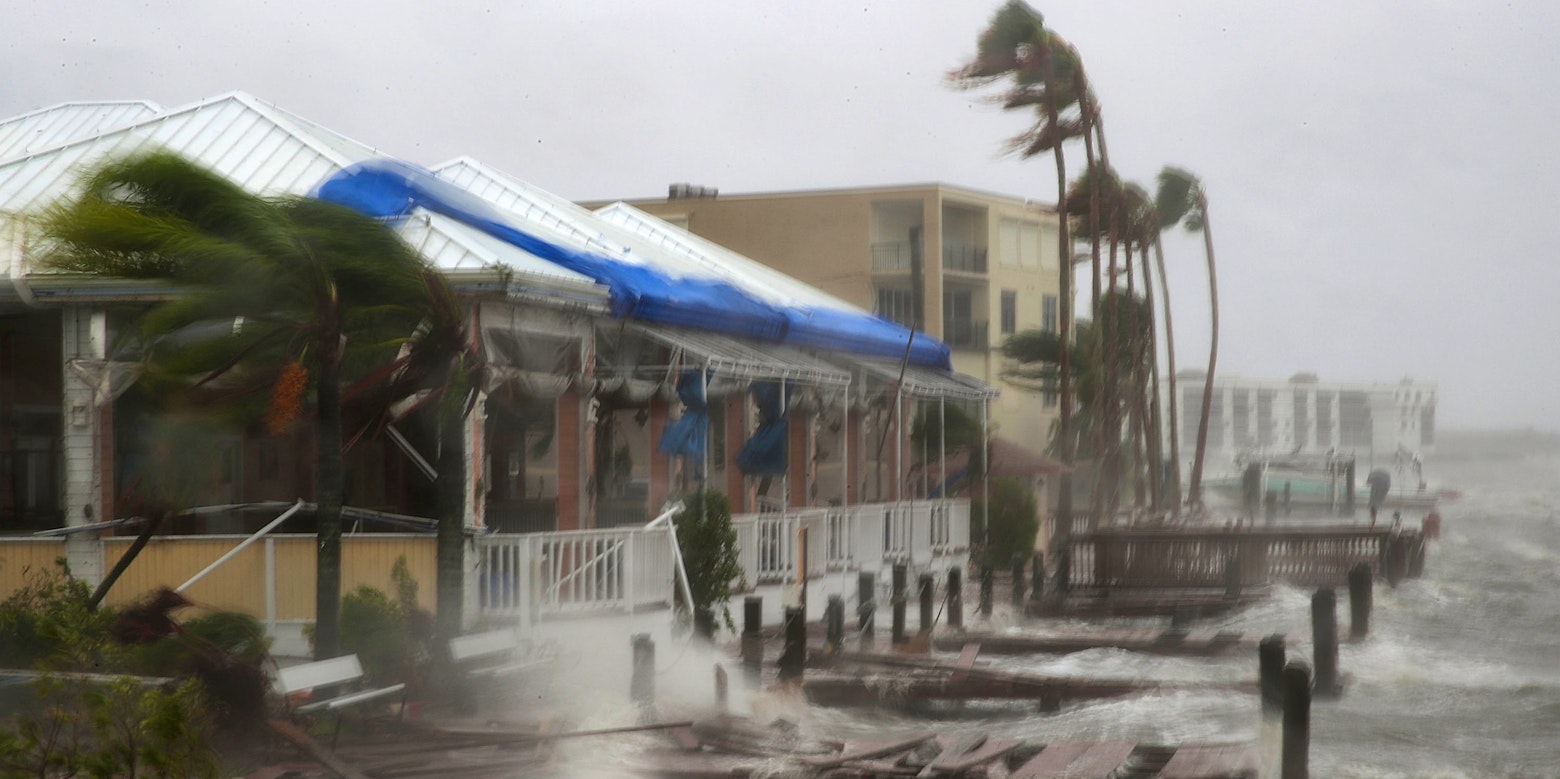
Can Solar Panels Survive Hurricanes?
Can Solar Panels Survive Hurricanes?
- Nathaniel Mott
- October 7, 2016
- Solar Energy
Hurricane Matthew has hit the United States. The category 3 hurricane is expected to strike everywhere between Florida and parts of North Carolina with up to 130 mile per hour winds and enough rain to make flooding a real concern. So how will anyone with solar panels weather this storm and the ones to follow?
Many expect solar energy to be the sustainable energy source of the future. But with hurricane seasons expected to cause a lot of damage — even if they don’t alllook like a demon when they’re examined via infrared satellites — one has to wonder about how solar panels are expected to hold up. Are they durable enough to be viable energy sources even after natural disasters?
The answer: It depends. Solar cells themselves are fragile, but their casings are built to make sure they can take a beating, and when installed properly they shouldn’t just blow away every time there’s a particularly strong breeze. Solar company 1st Light Energy says that solar panels are designed to “stay strong against tree limbs, hail storms, 120+ mile per hour wind, and more” but that they also “are not able to withstand natural disasters such as hurricanes, tornadoes.” So the panels aren’t just going to be destroyed, but there are no guarantees.
The hurricane ripped the solar panels off my roof and my dad is prioritizing saving his banana tree.
Florida Solar Design Group, meanwhile, says hurricanes are too unpredictable to offer any hard answers. Sometimes panels protect the roofs they cover; other times they’re ripped off with everything else. But there is a silver lining: “If your solar panels are damaged or lost as a result of a hurricane,” the group says, “It is virtually certain that you will have other damage to the roof and structure that rises to the level of filing a claim with your insurance company, which should cover the cost of replacing your solar panels.”
These issues will only become more widespread. The rate of solar panel installations is expected to rise, and companies like Tesla are trying to convince the world that solar panels and large batteries are the future. Elon Musk even wants to turn roofs into giant solar panels instead of adding the panels onto homeowner’s existing roofs.
This problem led students at Florida International University to create a giant “Wall of Wind” that hits solar panels, building materials, and other objects with forces equivalent to a Category 5 hurricane. That means everything inside is buffeted with wind speeds of up to 157 mile per hour winds — the hope was that these experiments, which were conducted in 2012, would lead to more durable materials. You can see a video of what winds of that speed are like below:
Photos via Getty Images / Mark Wils
Solar company 1st Light Energy says that solar panels are designed to “stay strong against tree limbs, hail storms, 120+ mile per hour wind, and more” but that they also “are not able to withstand natural disasters such as hurricanes, tornadoes.” So ...
end quote:
My thought is that if cement roofing tiles are coated with solar arrays they are more likely to survive a hurricane because of the weight of a cement tile being what it is.
Because Solar Arrays otherwise might blow away in a hurricane. I suppose you might make your solar arrays portable or just buy them portable if you are worried about hurricanes and just bring them inside for safety during a hurricane. That might be one solution to this kind of problem if you are concerned about this sort of thing.


No comments:
Post a Comment